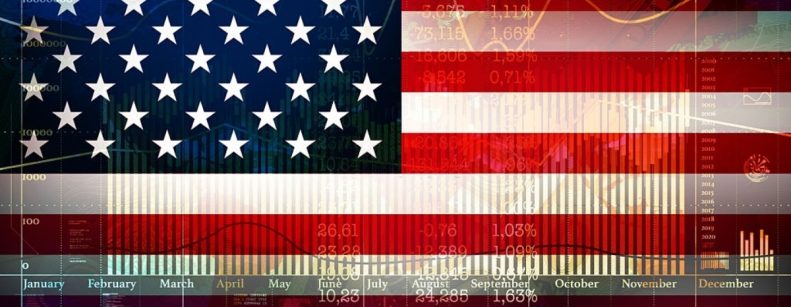- July core CPI rose 0.33% (month-over-month), missing after four consecutive upside surprises. The composition was mixed, but overall softer than expected, as housing inflation slowed (owner-equivalent rent + 0.29%, rent + 0.16%).
- In addition, the more volatile hotel category contributed 0.08pp to core. Both hotel and airfare price levels have roughly returned to their pre-pandemic trends, meaning that most of the inflationary impulse from the recovery in travel services prices is behind us.
- Used car price inflation slowed sharply (+ 0.2% after + 10.5% in June), with some forward pricing calling for a series of declines starting next month. ( https://publish.manheim.com/en/services/consulting/used-vehicle-value-index.html ). Nevertheless, the chip shortage contributed positively to July's headline reading through its impact on the new car (+ 1.7%) and auto parts (+ 1.1% nsa) categories. New auto inventories are heavily depleted and we expect to see further strength in this category in the coming months.
- There were some signs of wage-price pass-through, especially in categories that rely heavily on low-paid labor, with sizable increases in the prices of food away from home (+0.8% nsa) and recreation admissions (+1.4% nsa). Also of note, auto insurance prices fell by 2.8%, considerably more than can be explained by residual seasonality.
- Overall CPI rose 0.5%, in line with consensus, reflecting strength in restaurants and higher energy prices (+1.6%).
Looking ahead, pandemic-related price distortions are expected to continue to decline. However, accelerating labor market recovery and declining permanent unemployment put upward pressure on the housing component, which accounts for one-third of the CPI basket. A pickup in the housing component is certainly an upside risk to the inflation outlook.
However, it is also to be expected that the easing of price pressures in the transitory sectors driven by the pandemic-driven price pressures on transitory sectors is also expected to offset higher inflation.óWe therefore do not expect underlying inflationary pressures to spike to the upside.
Therefore, inflation will eventually decelerate fast enough that the Fed will not be forced to raise rates prematurely. Moreover, given that the Fed's inflation criteria for raising rates have been met, it is the employment outlook that will ultimately determine the path to policy normalization.


